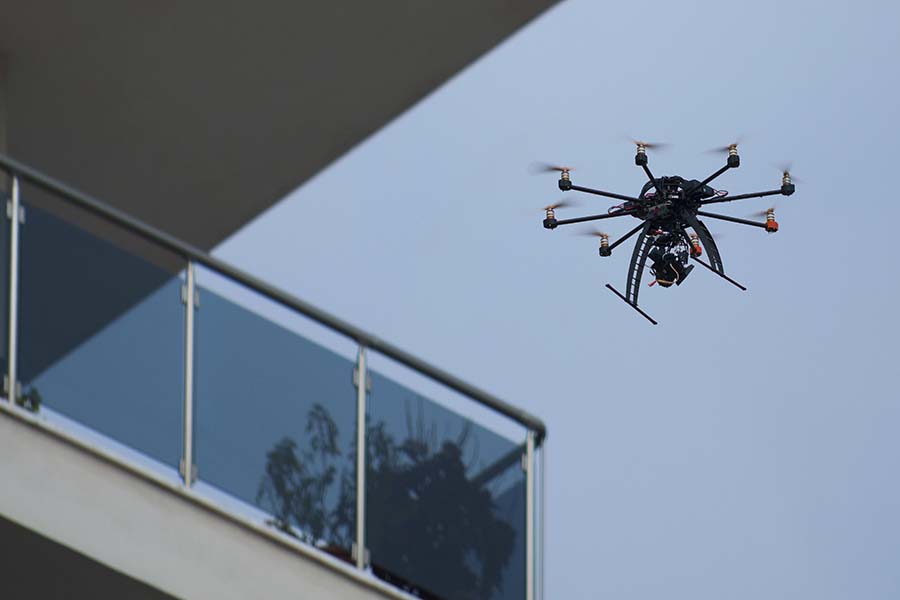
Department of Political Science and International Studies, University of Birmingham
The recent events at Gatwick Airport show how vulnerable airport infrastructure is from the fast-evolving and disruptive technology of unmanned drones. This vulnerability carries with it the risk of accident and injury or even loss of life.
Over the last five years, AIRPROX data, that is data showing near misses of civilian aircraft, has shown an alarming rise in incidents relating to drones. Many have put aircraft at risk from collisions and publicly available material on the internet by the Military Aviation Authority, the British Air-Line Pilots Association and the Department for Transport in the UK and by the Drone Team at Bard College in the US shows just how damaging this can be.
Aside from the risk of accident, there is also the risk of disruption of the type seen at Gatwick last night and today. This has an economic dimension not often discussed because of the priority is given to the potential for accidents by practitioners.
Research conducted by Professor David Hastings Dunn and his Team at the University of Birmingham has revealed findings of direct relevance to the situation at Gatwick. The findings relate to the need for increased regulation, registration and insurance and the need for a suite of detection and drone countermeasures to protect both the Critical National Infrastructure and Crowded Places.
This work gives rise to the following recommendations:
- The first is that there should be immediate registration of drones of all size. Although nefarious users may not choose to do so, once the system is operational, the existence of drones without registration would make them stand out from the rest.
- The second is that there needs to be compulsory insurance. Disruptive technology often comes at a cost, one which should be borne by the user.
- Thirdly, in the debate between public safety and the growth of the drone sector, serious consideration needs to be given to limiting all drones over 250g, and under 250g with a camera, to the state and commercial sectors only.
- Finally, there is a need for joined-up detection and anti-drone countermeasures to be deployed at all airports in the UK as a matter of urgency.
These recommendations all come from research and interviews with expert practitioners across the Government and Commercial sectors.
Given the situation at Gatwick, there are clear parallels with the recommendations above. Action along these lines would mitigate against the recurrence of such an event.
- More about David Dunn at the University of Birmingham
- Back to Social Sciences Birmingham
